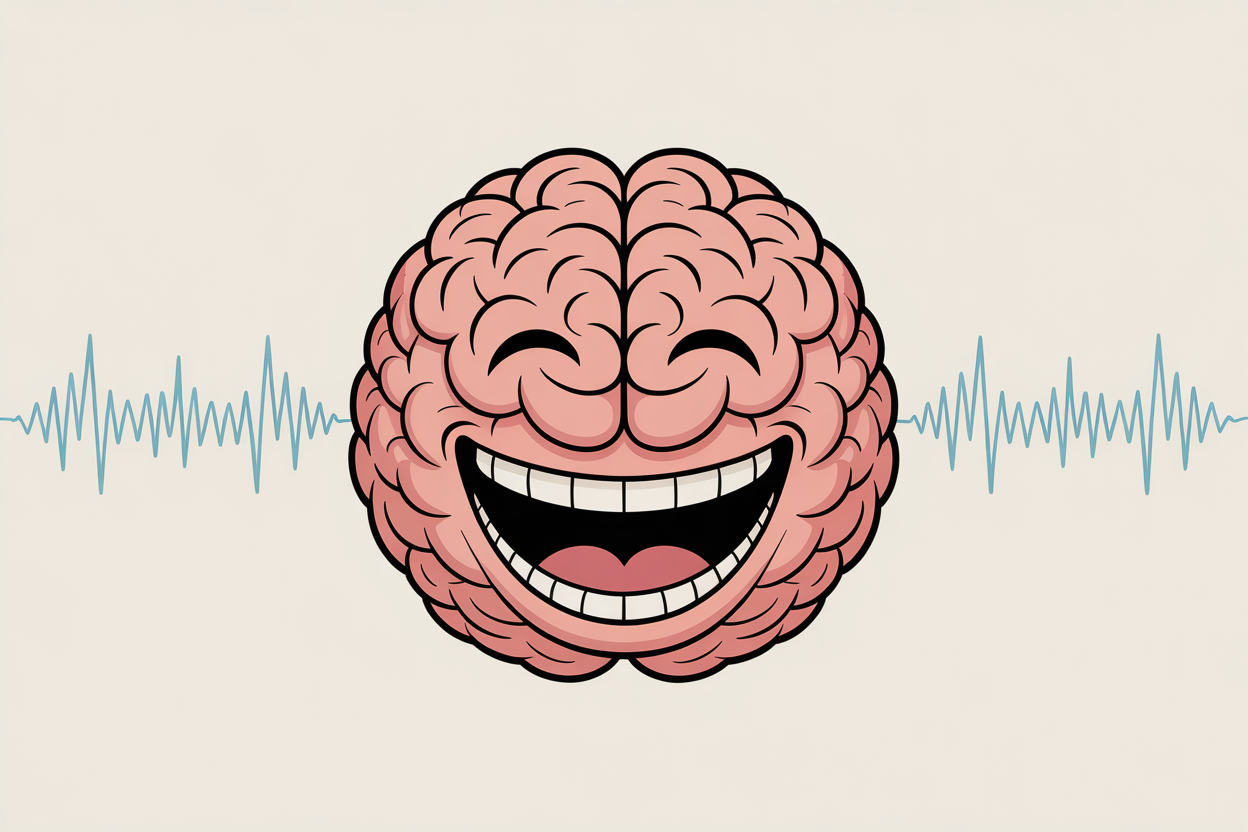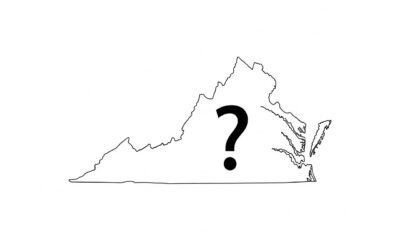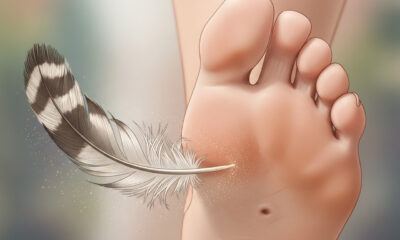informational
Are Punchlines Required in a Joke? Complete Guide to Joke Structure
People often wonder if every joke needs a punchline to be considered funny. For more on whether every joke has a punchline, see Does Every Joke Have a Punch-Line?. The confusion is understandable, what exactly makes something a “joke” versus just amusing commentary? The truth is that jokes can work perfectly well with or without traditional punchlines, depending on their structure and purpose. This guide draws from academic humor research, linguistic studies, and analysis of successful comedians who regularly break traditional rules to help you understand when punchlines matter and when they don’t.
What Actually Makes a Joke a Joke
Most humor scholars define jokes as short narratives that build toward a comedic payoff. Traditional academic definitions insist that a joke without a punchline isn’t technically a joke. As Elliott Oring states, “The only distinction that seems critical in distinguishing the joke from the humorous tale is the presence or absence of what is colloquially referred to as a punchline” ^(1). For a detailed overview of the punchline concept, see Punch line.
The classic joke structure follows three parts:
- Setup (introduces characters/situation)
- Development (builds expectation)
- Punchline (delivers an unexpected twist)
The punchline serves as the critical mechanism that triggers laughter by creating a sudden cognitive shift. It transforms the preceding narrative by introducing new information that forces the audience to reinterpret everything they just heard.
The Traditional Punchline Structure
The setup-punchline model is what most people recognize as a “joke.” The setup creates expectations by establishing a scenario, while the punchline subverts those expectations in a surprising way.
For example:
- “I told my wife she was drawing her eyebrows too high. She looked surprised.”
- “I’m on a seafood diet. Every time I see food, I eat it.”
These jokes work because the punchline creates what linguists call “script opposition” ^(2). Your brain initially follows one interpretation, then the punchline forces you to recognize an alternative meaning. This cognitive shift, from one understanding to another, triggers the humor response in your brain.
Types of Humor That Skip Punchlines
Despite academic definitions, several legitimate and popular forms of humor operate without traditional punchlines:
Observational Comedy
Comedians like Jerry Seinfeld pioneered the “Have you ever noticed…” format that relies on recognition rather than surprise. The humor comes not from a sharp twist at the end but from the comedian articulating everyday experiences in ways that make audiences think, “That’s so true!”
When Seinfeld discusses airplane food, he applies the Benign Violation Theory, identifying something “wrong” (poor quality airplane food) while framing it as non-threatening and relatable ^(3). The humor emerges from the combination of violation (bad food) and its benign nature (no real harm). The observation itself and the shared recognition of its truth create the humor.
Anti-Jokes
Anti-jokes deliberately avoid satisfying punchlines, and that’s precisely what makes them funny. The classic example:
“Why did the chicken cross the road? To get to the other side.”
The Script-Based Theory explains this perfectly: the audience expects an absurd punchline but receives a logical answer ^(2). The source of humor becomes the frustration of the expected cognitive shift itself. As one source notes, anti-jokes are “a unique form of humor where the punchline intentionally misses the mark, creating a different type of comedic effect” ^(4).
Shaggy Dog Stories
These lengthy, rambling stories build elaborate setups only to end with intentionally anticlimactic or pointless conclusions. The humor derives from the storyteller wasting the listener’s time with an elaborate setup that goes nowhere.
Norm Macdonald’s famous moth joke on Conan O’Brien delighted audiences precisely because its lengthy setup resulted in a terrible pun that didn’t justify the journey, and that was the point.
Specific Examples: How Modern Comedians Break Traditional Rules
John Mulaney’s Distributed Humor Approach
Instead of saving laughs for clear endings, Mulaney weaves punchlines throughout his stories. In his “Horse in a Hospital” bit, he drops humorous images at nearly every step while building to bigger jokes. He uses smaller punchlines like “Good luck with that, Janet!” throughout the narrative journey rather than concentrating all humor at the climax.
David Sedaris’s Continuous Comedy Thread
In his essay “Me Talk Pretty One Day,” Sedaris threads humor through his French language learning experience. Each mispronunciation and cultural misunderstanding serves as its own punchline, distributing laughs throughout the narrative rather than building to a single comedic moment.
Cultural Humor Traditions: The Hodja Nasreddin Example
European Schwanks were narrative stories with didactic or moral purposes, often lacking abrupt punchline conclusions ^(1). The Hodja Nasreddin stories from Central Asia exemplify humor that works through irony and moral lessons.
“Eat, My Coat, Eat!” Story Breakdown:
- Setup: Nasreddin arrives at a feast in plain clothes and is ignored.
- Escalation: He returns wearing an expensive coat and receives a warm welcome.
- Climax: He feeds soup to his coat sleeve, saying “Eat, my coat, eat!”
- Humor Mechanism:
- Ironic situation exposing social hypocrisy
- Absurdity of feeding an inanimate object
- Moral lesson embedded in the absurdity
This story generates humor by escalating an everyday scenario into irony without relying on a traditional setup-punchline structure.
Digital Age Humor: Memes and TikTok
Visual Meme Analysis: The ‘Distracted Boyfriend’ Meme
This popular meme creates humor through visual juxtaposition and shared context, completely bypassing a verbal setup-punchline structure:
Mechanism:
- Uses facial expressions and positioning to create immediate humor
- Labels transform the image (e.g., “me,” “new hobby,” “old project”)
- The image itself serves as both setup and punchline simultaneously
- Relies on shared cultural understanding rather than surprise
TikTok Comedy Format
TikTok has created entirely new comedy formats based on visual patterns and subversion:
- Opens with familiar scenarios, then introduces surprising or absurd elements
- Visual and tonal surprises replace verbal punchlines
- Short, punchy format optimized for quick context-driven humor
- Success depends on timing and an unexpected twist rather than a traditional joke structure
Practical Example: Three Approaches to the Same Premise
Let’s take a simple premise, “A person tries to assemble IKEA furniture”, and show how it works in different humor styles:
Traditional Joke with Punchline
“Why did the man take an hour to assemble his IKEA chair? Because that’s how long it took to realize he was building a bookshelf instead!”
Observational Humor
“Have you ever tried assembling IKEA furniture? It’s like a game where the instructions are written in ancient hieroglyphs and you get rewarded with three extra screws just to keep you wondering if your new coffee table will collapse the next time you sneeze.”
Shaggy Dog Story
[Extended narrative about IKEA assembly struggles, customer service calls, multiple trips to the store, consulting YouTube videos, and calling friends for help, only to end with customer support suggesting, “turn the instructions upside-down.”]
Each approach generates humor through different mechanisms while using the same basic premise.
The Science Behind Why Jokes Work
Several scientific theories explain how humor functions with or without punchlines:
| Theory | How It Works | Examples |
|---|---|---|
| Incongruity-Resolution Theory | Humor arises when we discover an incongruity and then resolve it | Traditional punchlines provide both incongruity and resolution |
| Benign Violation Theory | Something violates expectations but feels safe ^(3) | Physical comedy, observational humor about everyday annoyances |
| Script-Based Theory | The brain switches between competing interpretations ^(2) | Anti-jokes, wordplay, double meanings |
Research shows our brains process different types of humor through distinct neural pathways. A traditional punchline activates reward centers differently than observational humor or physical comedy, suggesting multiple valid pathways to producing laughter.
When Punchlines Are Essential vs. Optional
Punchlines Are Usually Required:
- Traditional joke-telling contexts (joke books, comedy clubs)
- One-liners and quick humor
- Comedy writing for greeting cards or advertising
- When audience expectations demand clear payoffs
Punchlines Are Optional:
- Observational commentary
- Character-based humor
- Storytelling comedy
- Alternative or experimental comedy
- Situational humor
- Visual memes and digital content
Post-Comedy and Structure Deconstruction
Some modern comedians intentionally deconstruct joke structure, creating what critics call “post-comedy.” Hannah Gadsby’s special “Nanette” explicitly rejects the setup-punchline format, arguing it oversimplifies complex experiences. As one analysis notes, Gadsby “articulates and then discards the setup-punchline model, instead opting for narrative tension with no cathartic comedic payout” ^(5).
How to Tell if Your Humor Works Without a Punchline
To evaluate non-traditional humor:
- Watch for genuine audience engagement and laughter
- Consider whether your humor creates recognition or an emotional connection
- Ask if the content feels complete and satisfying
- Test with different audiences to gauge broader appeal
- Note whether people repeat or share your humor (a sign it resonates)
Common Misconceptions About Joke Structure
Many people conflate “funny” with “joke” when they’re not identical concepts. Humor exists on a spectrum with many formats, jokes with punchlines are just one approach. Breaking traditional rules isn’t “wrong” if it still generates laughter.
Context matters enormously. A stand-up comedy club audience might expect traditional punchlines, while a storytelling event allows for more subtle or diffuse humor. Cultural expectations also vary significantly, what constitutes a proper “joke” differs across languages and traditions.
The Evolution of Joke Structure
Humor formats have changed dramatically over time. While ancient joke books like the Philogelos from 4th century Greece contained recognizable setup-punchline jokes, many historical humor forms used different structures.
Modern digital communication has further transformed joke structure. Memes often lack traditional punchlines but create humor through visual juxtaposition or shared cultural references. Social media platforms like Twitter initially forced brevity, revitalizing one-liners, while TikTok has created entirely new comedy formats based on visual patterns and subversion.
Practical Tips for Different Types of Humor
For Traditional Punchlines:
- Keep punchlines concise and unexpected
- Place the funniest word at the very end
- Avoid telegraphing the twist
- Practice timing and delivery
For Observational Humor:
- Focus on relatable, universal experiences
- Use specific, vivid details
- Highlight absurdities people overlook
- Build through escalating examples
For Story-Based Humor:
- Create engaging characters or situations
- Build tension through details and pacing
- Use callbacks to earlier elements
- Incorporate mini-punchlines throughout
Finding Your Personal Comedy Style
Discover what humor approach works best for you by:
- Studying comedians whose style resonates with you
- Experimenting with different structures in low-pressure settings
- Recording yourself to analyze what works and what doesn’t
- Getting honest feedback from diverse audiences
- Being authentic to your natural communication style
Remember that humor is subjective and personal. The “rules” exist to be understood and then selectively broken. Whether you prefer traditional punchlines or alternative approaches, what matters most is connecting with your audience.
Key Findings
Format Adaptability: The same premise can be successfully adapted across multiple humor styles (traditional, observational, extended narrative).
Visual vs. Verbal Humor: Digital formats increasingly rely on visual juxtaposition and cultural context rather than verbal setup-punchline structures.
Distributed vs. Concentrated Humor: Modern comedic storytelling often distributes laughs throughout the narrative rather than concentrating them at climactic moments.
FAQs
What is the purpose of a punchline?
The punchline serves to create a sudden cognitive shift that triggers laughter. It provides the unexpected twist that forces listeners to reinterpret the setup in a new, humorous way. In traditional jokes, the punchline delivers the comedic payoff and creates closure.
What is the power of a punchline?
Punchlines have significant psychological power. They can instantly release tension, create social bonding through shared laughter, and even reshape how people interpret information. Neurologically, effective punchlines activate reward centers in the brain similar to other pleasurable experiences.
Are one-liners the same as punchlines?
One-liners are extremely condensed jokes where the setup and punchline are compressed into a single sentence. While all one-liners contain punchlines, not all punchlines appear in one-liners. Many jokes build extended setups before delivering their punchlines.
Can a story be funny without a punchline?
Absolutely. Many humorous stories work through character development, situational comedy, or relatable observations rather than building to a single punchline. Storytellers like David Sedaris or comedians like Mike Birbiglia create extended humorous narratives with laughs distributed throughout rather than saved for a final twist.
^(1) https://www.folklore.ee/~kriku/TRANSPORT/Krikmann_Suvekool2011.pdf
^(2) https://en.wikipedia.org/wiki/Theories_of_humor
^(3) https://leeds-faculty.colorado.edu/mcgrawp/pdf/Benign_Violation_Theory.html
^(4) https://neonmusic.co.uk/the-ultimate-guide-to-anti-jokes-where-humour-meets-the-unexpected
^(5) https://kenyonreview.org/2018/09/the-structure-of-nanette/
I'm a Journalism postgraduate, and like every other gen-z, I love a good dose of humor, Italian food, fashion trends, and TV series. I love reading and writing jokes, funny comics and novels. Looking forward to share a good laugh with my readers on jokeinenglish.com















